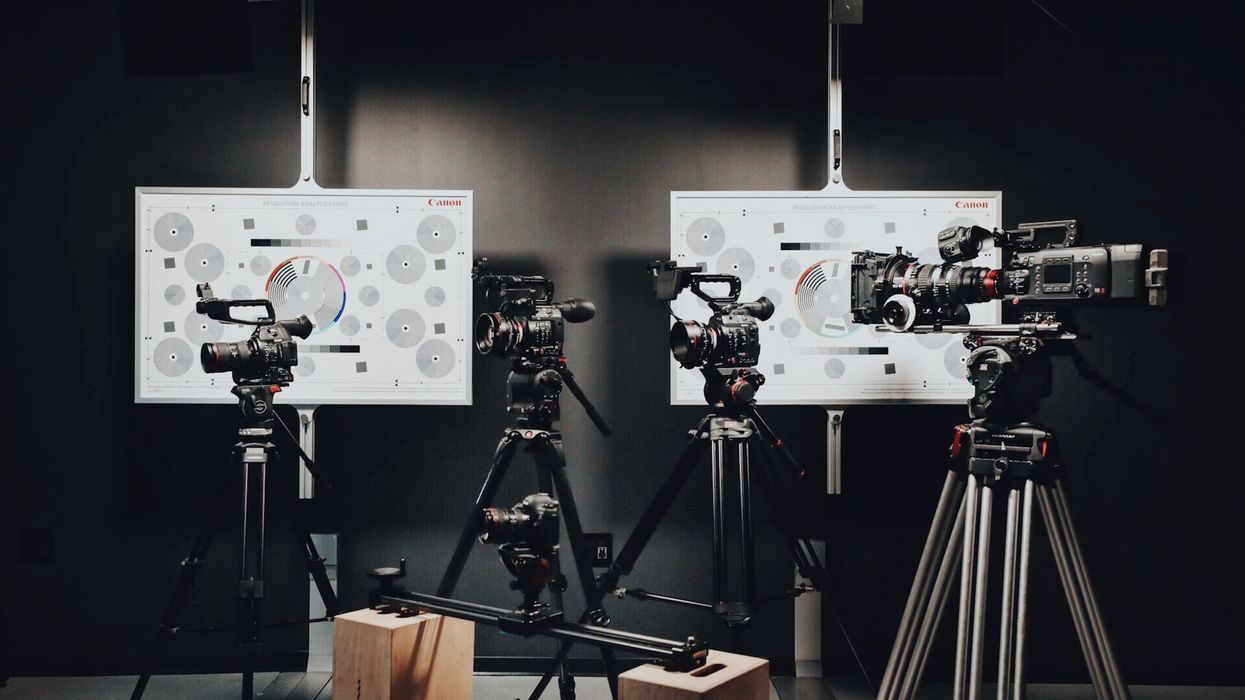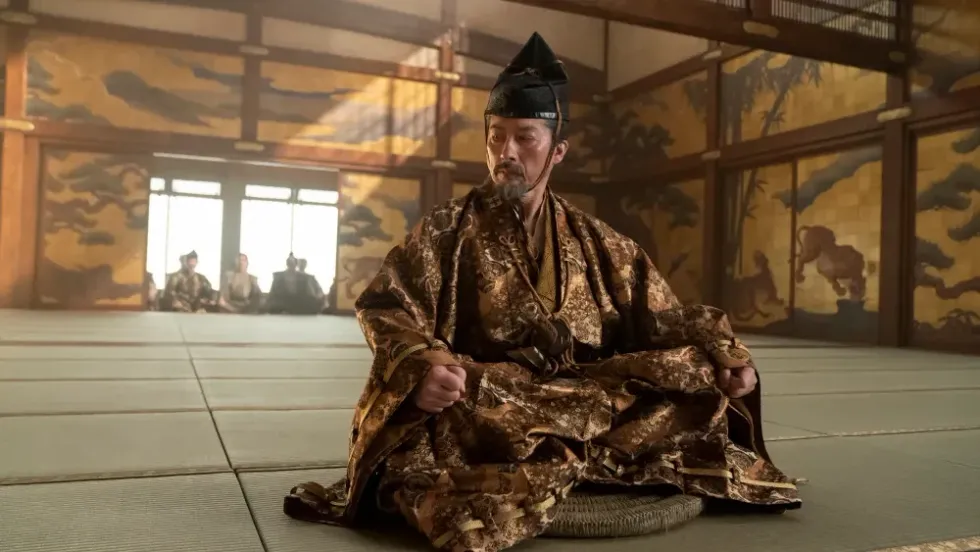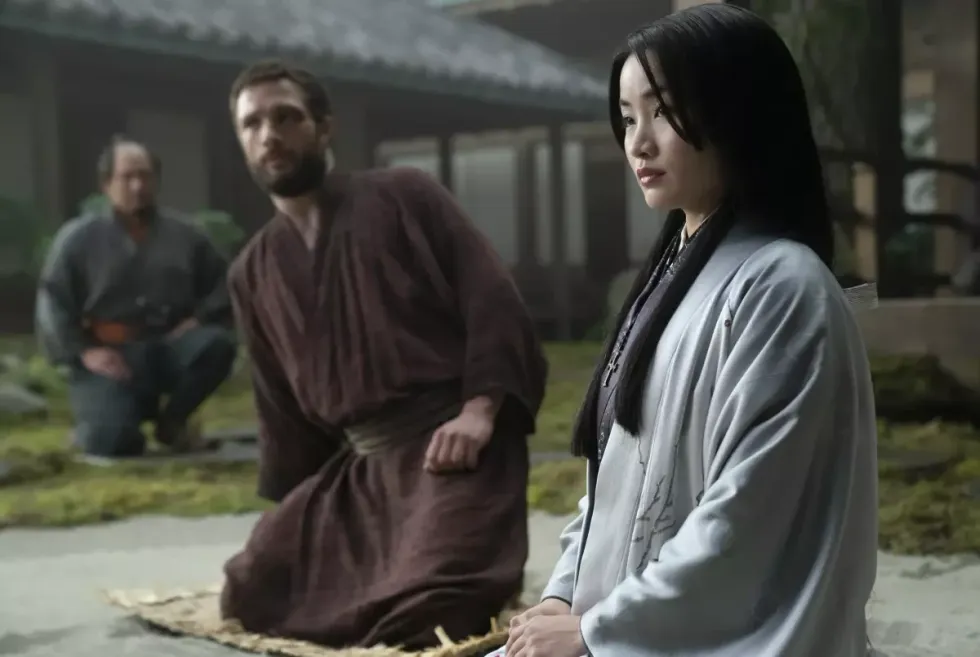Why High-Resolution Doesn’t Matter—Even If Sometimes It Does
Cinema and prosumer cameras can now record up to 8K and 12K. But is that excessive and perhaps unnecessary?

Much like Hollywood relationships, it’s complicated. Today, we take a look at what resolution is, how creatives use it, and why it ultimately doesn’t matter for most projects.
Okay, let's get nerdy.
Table of Contents
What Is Resolution?
Camera resolution for digital capture devices refers to the number of photosites or pixels a camera sensor has. Each photosite captures light intensity and color data from a lens that the camera then interprets and combines with other photosites to create an image.
Think of the Pointillism painting technique developed by Georges Seurat and Paul Signac in the late 1800s. The painting A Sunday Afternoon on the Island of La Grande Jatte by Seurat is a good analogy. Look up close and you see dots. Step away, and bam, it’s a nice Sunday afternoon.

Resolution is measured in vertical and horizontal lines. An HD (or high-definition) resolution contains 1920 horizontal pixels by 1080 vertical pixels, often simplified to 1080p. A UHD (or ultra-high-definition) resolution contains 3840 by 2160 pixels and is simplified to 2160p. It is also sometimes labeled as 4K.
For the sake of this discussion, we’ll ignore the “p,” but if you’d like to learn more, here’s a handy link from Sony. Also, while resolution aspect ratios differ slightly, the common naming scheme always follows the horizontal resolution.
Modern digital cameras have exploded in the amount of resolution they can capture. Cameras from Sony, Canon, Blackmagic Design, RED, and ARRI all cover either 4K (4096 by 2160), 6K (6144 by 3240), 8K (7680 by 4320), and most recently 12K (12288 by 6480).

A common misconception is that the higher the resolution, the better the camera.
We’re here to say that’s not even close to being true. (With a few small caveats, of course.) In most cases, resolution is only a small part of a bigger, more complicated picture. It doesn’t matter if you’re shooting narrative, documentary, or content creation, resolution most of the time doesn’t matter.
“But what about film?” I hear you say. Well, I’m glad you asked.
Digital vs. Resolution
While digital formats capture light onto electronic sensors, film uses chemicals to pretty much do the same things. Modern celluloid film uses silver halide crystals that react when exposed to light. When that film is processed, the silver halide crystals leave a negative image, which can be inverted, then printed or scanned. While not a perfect 1:1 comparison, think of the crystal as pixels. Kinda.
This is a very simplified explanation, but will have to suffice as we dig deeper.
Some creatives think film is better than digital, and others quite the opposite. Each one will die on this hill.
But if you ask Steve Yedlin, it doesn’t matter at all. He’s an American cinematographer that shot movies like Looper, Star Wars: The Last Jedi, and Knives Out. Both on film and digital.
However, what makes film unique is that it can be scanned, or converted to a digital image, at different resolutions. That’s why older movies shot on film can be rescanned from their master negative at a higher resolution and still hold up when compared to modern digital images.

Wait, why are we talking about film? Wasn’t this a breakdown on resolution?
Yes, it is. Suffice it to say, if digital resolution has little impact on the original film negative, and is irrelevant for most use cases, the same could be true for the digital landscape.
Why Resolution Doesn’t Matter
Contrary to what camera manufacturers say, higher resolutions don’t equate to a better image. Yes, 6K and 8K images are technically sharper, but we get diminishing returns the higher we go.
Remember Steve Yedlin from a few paragraphs before?
Well, back in late 2016 Mr. Yedlin released a resolution demo titled On Acquisition and Pipeline for High-Resolution Exhibition where he compared several films and digital cameras at varying resolutions.
Resolution Demo Cameras:
- ARRI Alexa 65 at 6K
- ARRI Alexa XT at 3K
- ARRI 435 4-perf Super35 film scanned at 6K
- Sony F55 at 4K
- IMAX MSM3 15-perf 65mm film scanned at 11K
- RED Weapon at 6K
In the demo, Yedlin broke down his discovery. He learned there comes a point where a camera’s resolution reaches a threshold where the human eye can’t perceive any more detail. Even in a movie theater setting. In fact, there are certain circumstances where high resolution actually decreased the perceptible image fidelity, or how true the image is to life. It’s just too sharp.
There’s a reason why cinematographers pair vintage lenses and softening filters with modern cameras.

On top of this, Yedlin found that other variables come into play that affects a viewer's perception of image fidelity. This includes sensor noise, film grain, halation, edge contrast, overall contrast, the scaling algorithm used, and optical aberration.
If you'd like to learn more, we did a breakdown of this demo back in 2017.
More Reasons Why
Another aspect to look at when discussing resolution is how the image will be exhibited. For example, if we look at the standard cinema project requirements, most films are shown on digital projectors. When we exclude exceptions like IMAX, there are only two resolutions used for digital projection.
They are 2K at 2048×1080 pixels and 4K at 4096×2160 pixels.
The 2K exhibition resolution is only 128 horizontal lines larger than HD resolution at 1920 by 1080. An increase of around 6%. Is this a lot? Not really.
For any material shot at higher resolutions, it will always be downscaled to fit the 2K projection container. While this can have a positive effect on the image, even the most hardcore moviegoers will be hard-pressed to see the difference.
But what about 4K cinema projections?
Yes, some theaters do show films at this resolution. However, most theaters are still equipped for 2K exhibitions, and the transition has been slow. How the pandemic will affect this shift also remains to be seen.

For a time, high-end cinema camera manufacturers such as ARRI only released cameras that shot at HD or 2K resolution to meet this cinema exhibition demand. The original Blackmagic Cinema Camera 2.5K also fits this parameter. It’s not until Netflix pushed for a baseline resolution of 4K that camera manufacturers really kicked things into high gear.
Apart from RED, that is. There are exceptions to every rule, after all.
Let’s dig deeper. Everything we’ve covered so far is only relevant to cinema screens. What about TVs or smaller devices such as tablets or smartphones? More and more people are consuming movies and shows on these types of screens.
Well, the smaller the screen, the less the resolution matters! All that information is being compressed into a smaller space. So the need for higher resolutions is less important.
So, what does this mean for creatives? Should we just chuck out all of our 4K cameras and go back to shooting in HD?
No, not yet. This is actually a good time to talk about—
When Resolution Does Matter
Let’s ignore everything we just said and talk about why resolution actually does matter. Because in some cases, it’s important.
For example, a higher-resolution image can be a benefit for VFX work. If you’re doing a lot of greenscreen work or rotoscoping, having the extra resolution will make your job a lot easier than if you’re working in HD. Although there are diminishing returns here, as well.
Or perhaps you’re shooting a lot of VFX plates. A higher resolution will help you reframe your footage any way you like. The lads over at Am I A Filmmaker? really went in-depth with the Blackmagic Design URSA Mini Pro 12K. Take a look below to see what we mean.
Speaking of the URSA 12K, the choice to go with such a wild resolution was a byproduct of the new sensor that Blackmagic Design created. Without getting too technical, the new sensor layout has a more balanced color layout than sub-12K cameras. According to Blackmagic Design, this helps reduce, if not outright eliminate, aliasing and moire in your footage.
All in all, the whole resolution debate boils down to your specific use case. This is why we need to talk about Netflix.
Netflix’s Cameras and Image Capture Requirements
From a company that started with mailing DVDs to your house, Netflix has sure come a long way. But what makes Netflix such a hot topic when talking about resolution is its very strict guidelines when it comes to its image pipeline.
Netflix really doesn’t want you shooting under 4K. Here’s a snippet from their website:
Capture Requirements
- Resolution Requirements
- The camera must have a true 4K UHD sensor (equal to or greater than 3840 photosites wide)
- Capture Formats:
- RAW (e.g. X-OCN, REDCODE, Arriraw, etc.) or COMPRESSED (e.g. XAVC, AVC-Intra, ProRes, or other I-Frame capable formats)
- Minimum of 16-bit Linear or ≥ 10-bit Log processing
- Minimum data-rate of 240 Mbps at 10-bit UHD 23.98 fps
There’s also a list of approved cameras with currently 44 cameras to choose from.
While there were other factors that caused the push for higher-resolution cameras, it’s safe to say that Netflix had a huge impact. With a whopping 214 million paid subscribers, more than 3,600 movies, and more than 1,800 TV shows, they have a lot of pull. Being a producer and exhibitor of content also helps.
Netflix does allow for non-approved cameras that shoot under 4K, but those use cases are slim, and everything has to be approved. So if you’re shooting a project specifically for Netflix, the resolution actually does matter. At least to a point.
This can sound like gatekeeping, but Netflix has a very good reason for the strict rules. Much like the film that we discussed before, Netflix wants the highest possible quality for posterity. Twenty years from now, it’ll be easier to re-release a movie that was shot in 4K than one shot in HD.
What Resolution Means to Filmmakers and Creatives
Resolution is a topic on the tongues of every filmmaker, content creator, and camera manufacturer on the planet. We’ve reached and plateaued in the valley of 4K, and the horizon is alight with the fire of 8K, 6K, and 12K. The Canon EOS R5, Nikon Z9, and Sony A1 are all 8K capable and only just catching up to RED.

Will that be the new standard? Will 12K TVs be a thing? Maybe. Sony already has a 16K Display you can buy for your house. But it also costs as much as a house. In Los Angeles.
When it comes to creative work such as films, documentaries, digital content, and even corporate work, resolution doesn’t matter unless you have a very specific reason. There is an artistic element to all of these types of jobs. The most important thing is always going to be the story you are trying to tell and the resolution of your camera has very little impact on this.
If you’re telling a narrative story, and you don’t need high resolution for Netflix delivery or VFX, go ahead and shoot HD. If your story is captivating and your compositions are well lit, no one will know. Or care.
Broadcast TV also tops out in HD, and some programs are even shown in lower resolutions. NBCUniversal did have 4K HDR coverage of the 2020 Tokyo Olympics, but it was more of an experiment to test the technology. Implementation is still a ways off.
Uploading to YouTube, Vimeo, or some other streaming platform? HD is more than sufficient here as well. Sure, YouTube offers 4K options, but not everyone’s internet can handle that kind of resolution and fans will more often than not opt for the HD option.
There are some benefits to shooting 4K, as mentioned before, but this only applies if your project truly benefits from it. Shooting in a higher resolution can be pricey. The gear may be expensive. You will need more storage and a more powerful computer to handle it all. That’s just the cost of doing business. Sometimes if you’re shooting in 4K or higher and then delivering in HD, you’re just throwing out resolution that you paid for with time and money.
So what’s a creator to do?
Be like Georges. He didn’t obsess about the number of dots in his paintings, just about the kind of story they told. Find the right tool for your needs and go make your own perfect Sunday afternoon.

 ShōgunFX
ShōgunFX ShōgunKatie Yu/FX
ShōgunKatie Yu/FX









